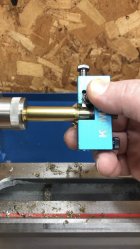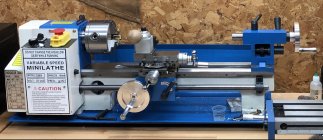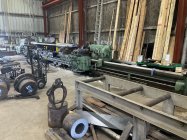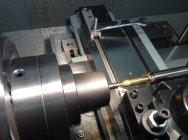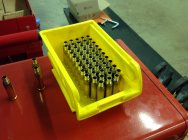jackieschmidt
Gold $$ Contributor
Most know that I do all of my neck turning on a lathe. For years, I used out Monarch EE at my shop. Since I now do my work in my shop at my house, I decided to use my little 13” Turnmaster.
It works just fine. I set up last night and turned 90 30BR cases that I had previously blown out in a fireform Barrel.
As you can see, I have a mist cooler to keep the mandrel cool and to lubricate the tool.
Here is a video And the finished cases. Takes a little over an hour To do all 90.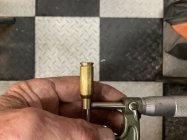
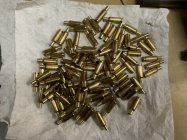
It works just fine. I set up last night and turned 90 30BR cases that I had previously blown out in a fireform Barrel.
As you can see, I have a mist cooler to keep the mandrel cool and to lubricate the tool.
Here is a video And the finished cases. Takes a little over an hour To do all 90.


Last edited:










